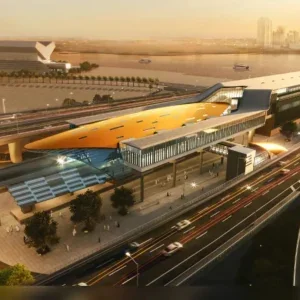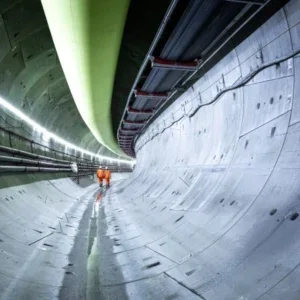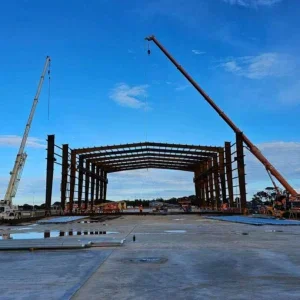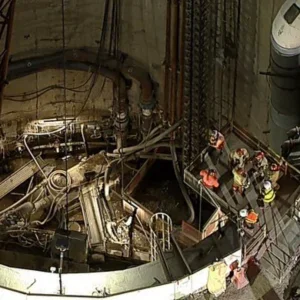DTSS Phase 2 involves the construction of a 98km-long network of deep tunnels and link sewers, as well as the future Tuas Water Reclamation Plant. It extends the DTSS network to serve the western half of Singapore, including the downtown area and new developments such as Tengah Town and Jurong Lake District.
Tunnelling works on Phase 2 began in 2019 and incorporated new features to ensure the integrity of the deep tunnels and ease of maintenance. These include the use of concrete resistant to microbiological-influenced corrosion, isolation gates to allow for flow diversion, fibre optic cables for remote monitoring of a tunnel’s structural integrity, and the use of air jumpers to control air flow within the tunnels.

Image Credit: Swapnil Bapat @ Unsplash
Conceived in the 1990s to transform the country’s used water management system, the DTSS is a 206km-long network of tunnels and link sewers designed to meet Singapore’s long-term needs for used water collection, treatment, reclamation, and discharge. It will enable PUB to reclaim and recycle water in an endless cycle.
The gravity-fed system feeds water to three centralised reclamation plans at Changi, Kranji and Tuas. It will allow PUB to reduce the overall land footprint of the used water system across Singapore by half, freeing up to 150ha for higher-value land use.
“As one of the most water-stressed countries in the world, the ability to effectively collect and recycle our used water in a closed water loop has been a game-changer in our quest for water security,” said PUB chief executive Goh Si Hou. “The Deep Tunnel Sewerage System is not only an engineering feat, but a key pillar in strengthening Singapore’s water resilience to meet the long-term challenges of climate change and growing water needs.”







